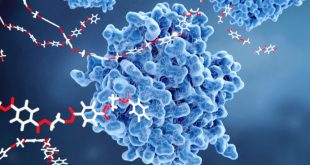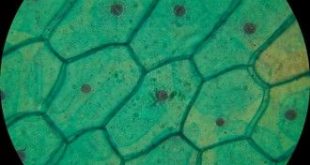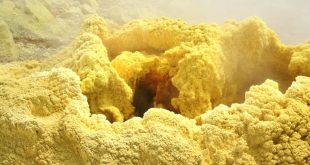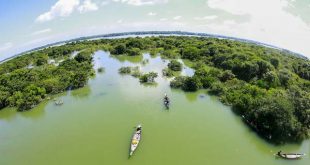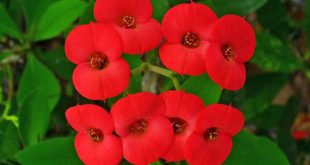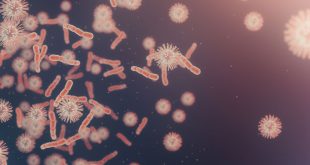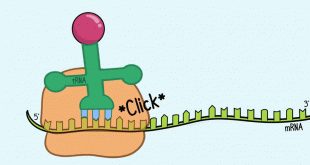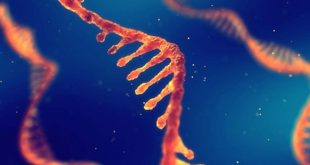ঢাকা বিশ্ববিদ্যালয়ের কার্জন হল, এই নামটার সাথে জড়িয়ে আছে না বলা অনেক স্মৃতি। যখনই ঢাকা শহরের এই যন্ত্রচালিত জীবন অসহ্য মনে হয়, অসহ্য মনে হয় যানযট, সবুজের জন্য খাঁ খাঁ করে মন তখনই এই কার্জনহলে এসে নিজেকে তৃপ্ত মনে হয়। যারা ক্যাম্পাসে সারাদিনই ক্লাস, ল্যাব, মিড, প্রেজেন্টেশন নিয়ে দৌড়ে ক্লান্ত …
Read More »Enzyme & Their Substrates: Mode of Action
Enzymes are protein molecules that can be defined as biological catalysts. A catalyst is, “A molecule which speeds up a chemical reaction but remains unchanged at the end of the reaction“.Virtually every metabolic reaction which takes place within a living organism is catalyzed by an enzyme and enzymes are therefore …
Read More »Cell Types & Tissue System: Simple Tissue
Plant anatomy Study of gross internal structures of plant organs by the method of section cutting is called plant anatomy. Tissue Vegetative Reproductive Complex Tissue is formed by a group of cells having Same origin Same structure Same function Gross classification of tissue Permanent tissue Meristematic tissue Secretory tissue (concerned …
Read More »Sulphur Cycle & Microbial Role in It
The sulfur cycle is the collection of processes by which sulfur moves between rocks, waterways and living systems. Such biogeochemical cycles are important in geology because they affect many minerals. Biochemical cycles are also important for life because sulfur is an essential element, being a constituent of many proteins and cofactors, and sulfur compounds can be used as oxidants or reductants in …
Read More »Ecology: Definition, Subdivisions & Scopes
Ecology is the scientific study of the interactions that determine the distribution and abundance of organisms. It is the total relationships of animals to both its organic and inorganic environment’. It can be said that there is very little that is not ecology. In this article, the Definition, Subdivision, and …
Read More »The Fun in Biology: Learning through Memes
Ever wondered how your body deals with the harmful pathogens inside you? Yes? No? No matter what your answer is, if you are a student of science you should already know a little bit about this topic because you were forced to learn about it for your exams. Was it …
Read More »Euphorbiaceae: The Spurge Family
Euphorbiaceae family is very diversified with mostly monoecious herbs, shrubs, and trees and even sometimes succulent and cactus-like members. It is named from one of its member genus ‘Euphorbia‘. This family has about 300 genus and 7500 species all over the world but more often found in warm and temperate …
Read More »Interactions among Microbial Populations
Organisms living together in a community influence each other directly or indirectly under natural conditions. All vital process of living such as growth, nutrition, reproduction required interactions between individuals of same species, or between species which are inter and intra-related. Such relationships of individuals in a population of an ecosystem …
Read More »Translation: mRNA to Protein
Translation takes place on ribosomes; indeed, ribosomes can be thought of as moving protein-synthesizing machines. A ribosome attaches near the 5′ end of an mRNA strand and moves toward the 3′ end, translating the codons as it goes. Synthesis begins at the amino end of the protein, and the protein …
Read More »Genetic Code
The four bases in DNA – A, T, G, and C are sufficient to specify the 20 amino acids in proteins because each codon is three bases in length. Each sequence of three adjacent bases in mRNA is a codon that specifies a particular amino acid (or chain termination). The …
Read More » Plantlet The Blogging Platform of Department of Botany, University of Dhaka
Plantlet The Blogging Platform of Department of Botany, University of Dhaka

